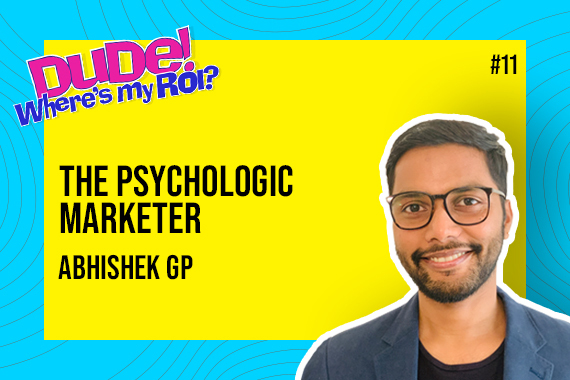Few days back, I was sitting in a cafe, that had a great ambience and it was interesting to see, how people were sitting in comfy ergonomic chairs, drinking coffee from cups that fit their hands perfectly.
What’s strange were the doors. I had seen at least 4 people pushing straight into the “pull” door. When you look at how efficient the rest of the cafe is, it was a laughable oversight how counterintuitive the door design was.
These kind of doors are called Norman doors, named after Don Norman the author of The Design of Everyday Things. Norman doors appear to be push/pull when they are actually the opposite causing embarrassment and confusion. Many doors even have labels to avoid these misleading signals.
This made me wonder, other usable objects like chairs, tables, cups don’t need a label to make them usable. Chairs don’t come with a label stating “Sit”. Then why require labels for doors — Pull/Push? These labels are nothing else but an escape to a confusing design.

This is where Design Thinking comes in the picture!!
Design thinking is a method that provides a solution based approach to solving problems. It’s a completely user-centric approach.
Design thinking is a framework or a way of thinking about solving problems that’s shifting our view from creating products for business reasons to thinking about solving real users needs.This involves understanding what people’s real problems are and then finding solutions for those.
By using design thinking, you make decisions based on what future customers really want instead of depending only on historical data or making risky bets based on instincts.
It brings together what is desirable from a human point of view with what is economically and technically feasible.
Design thinking relies on the human ability to be intuitive, to recognize patterns of the problem area and to develop ideas by connecting with human needs.
To do this we will focus on the Five Stages of Design thinking that will empower anyone to solve problems using this technique!
Now, let’s go back to the door case and understand that if you want people to just push the door then design the door with a flat plate instead of a handle grip to pull. An ideal design for door is one where,I walk up to it and walk through it, I am not even aware that I had opened a door and shut it.
Empathize
This stage is to understand the problem properly that you wish to conquer.
Understand the issues that people face upon entry and exit because of poorly designed doors.
Empathize with people by experiencing their problem and observing how irritated, frustrated people are with such poor designed doors. This allows you to keep your assumptions aside and consider the insights of the users just by observing and experiencing their issues.
This Empathy towards your users will help you to define the problem clearly.
Define
This is the step where you analyze and synthesize the data to define the core problem identified up to this point.
A handle pre-supposes a person to Pull. Expecting the users to push is exactly the opposite. It’s not user’s mistake but here the design is incorrect. Imagine if you weren’t able to operate simple door — what would you feel like? In a moment, embarrassment starts to creep causing frustration also! It’s only when you empathize that only you will be able to define the problem clearly.
By defining the problem statement you can look for ideas to provide solutions by asking the right questions. This will lead you to the third stage i.e. Ideation.
Ideate
It’s time for you to solve this issue by brainstorming ideas. Here, people generally push the door with their palm, so why not design the door with just a sign of palm on it or a flat plate which can be only pushed?
This design will not create confusion to the users and the entry exit will be smooth.
Prototype
This is an experimental stage where you try to find out the best possible solution for each of the problems identified in the previous steps. Prototypes are tested and analyzed within the team itself. So experiment with your idea of attaching a flat plate to the door if you want them to push or a handle grip if you want them to pull. If this works then the idea should be selected and implemented.
Test
The final stage of design thinking is to Test!!
Designers rigorously and continuously test the product with the best possible solution identified in the prototype phase. Here you test which design best fits your door according to the user experience. If your users are satisfied with the design and they have a smooth experience then you go forward. But if it fails, then you again go back and redefine the problem based on their feedback.
So eventually this works in a loop, concluding with the final iteration of the solution.
CONCLUSION
The overall goal of design thinking is to help design better products, services, and experiences. It helps you to develop innovative and creative solutions for your problems.
Design thinking is not exclusive for designers but for all great innovators in music,art,science, business. It’s a great tool for creators, freelancers and business leaders. The process is flexible and focused on collaboration between users and designers with an emphasis to bring ideas to life!
If you seek to infuse an approach to innovation that is powerful and effective then Design Thinking is for you!
Learn more about Design Thinking in our workshop by Girish Nair on 29th June’19 with Sycabe. To know more, click on the link- http://bit.ly/2EWJfBh
Come be a part of one — https://www.meetup.com/Sycabe/
Learn More — Facebook | Instagram | Meetup| Linkedin | Twitter




0 Comments